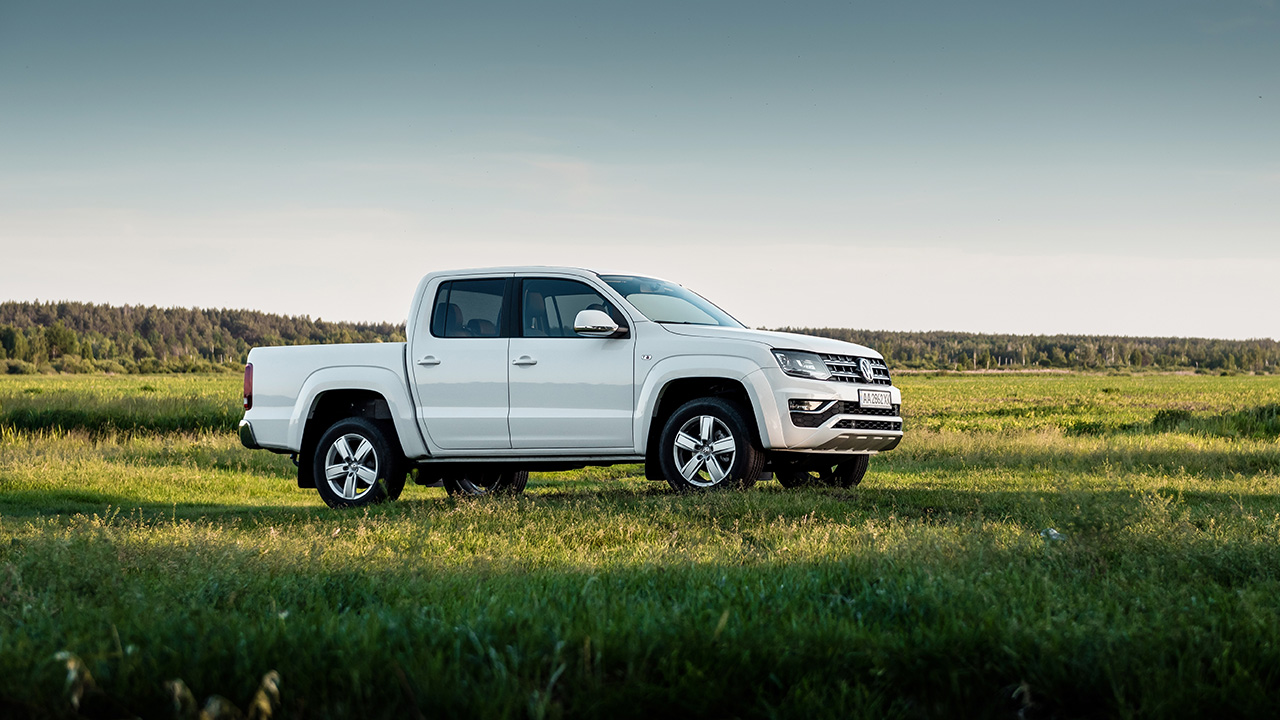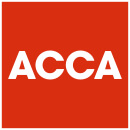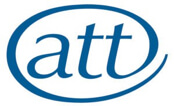Double cab pickups – it’s starting to resemble spaghetti junction
After the previous government’s sudden reversal, the new Labour government is now taking double cab pickups in a different direction.
In February 2024, the previous government revealed a change in how double cab pickups would be classified, determining whether they should be categorised as cars or vans. However, just days later, they made a dramatic U-turn. On 30 October 2024, the new Chancellor confirmed that the classification of double cab pickups would indeed be revised.
This new guidance comes after years of questions and debate stemming from the Court of Appeal’s ruling in the well-known Coca-Cola case, which classified double cab pickups as company cars due to their use as multi-purpose vehicles.
What are the new rules?
Up until 31 March 2025, when deciding whether double cab pickups count as company cars or vans, HMRC will use the definitions in line with those of VAT. This means that if the pickup has a payload of 1 tonne or more, the vehicle would be defined as a van, and therefore any insignificant amounts of private use would not generate a taxable benefit. Double cab pickups are those with a second row of seats behind the driver. They have been a popular choice for employees due to their versatility of use, enhanced by the tax benefits, and have (until now) been a much cheaper option than a company car.
Starting from 1 April 2025, HMRC will treat double cab pickups with a payload of 1 tonne or more as cars for the purposes of capital allowances and benefits in kind.
For vehicles purchased before April 2025, existing capital allowance rules will apply, and transitional benefit-in-kind rules will be in place for vehicles bought, leased, or ordered before that date. Employers can continue applying the previous treatment until the earlier of the vehicle’s disposal, lease expiry, or 5 April 2029.
What are the transitional arrangements?
Given the significant tax implications of the new guidance, HMRC has stated that employers who have purchased, leased, or ordered a double cab pickup before 1 April 2025 can continue to follow the previous income tax treatment until the earlier of the vehicle’s disposal or 5 April 2029. However, this only applies when calculating the benefit charge. This means that any double cab pickup purchased after April 2025 may no longer qualify for Annual Investment Allowance (AIA) or full expensing under capital allowances.
If you currently use a double cab pickup that qualifies as a van under the pre-1 April 2025 rules, the new guidance will not immediately affect you (due to the transitional deadline date of 5 April 2029).
What does this mean for you as an employee?
This means that any double cab pickups purchased or leased after 1 April 2025 will now give rise to a higher benefit in kind, and this benefit will become chargeable to income tax at either 20%, 40% or 45% depending on whether you are a basic rate, higher rate or additional rate taxpayer.
Previously, double cab pickups with a payload of 1 tonne or more were treated as vans, meaning that a benefit would only arise if an employee was given unrestricted private use. In this case the benefit, subject to Income Tax, would be a fixed amount of £4,020 (from 6 April 2025). Similarly, if free or subsidised fuel was given for private use, the fixed benefit amount would be £769 (from 6 April 2025), leading to a maximum income tax liability of £2,155 if taxed at the 45% rate.
Any incidental private use would not have incurred a benefit charge, and no tax liability would have arisen on the employee.
However, due to the new guidance, the benefit arising on double cab pickups will now be calculated using the company car and fuel benefit rules which are significantly higher. These apply when a car is ‘made available’ for private use, and, unlike with vans, there is no exemption for incidental or insignificant private use (ITEPA 2003, S114(3A)).
The amount of benefit is based on several factors, including list price and CO₂ emissions. At a high level, the benefit is the list price multiplied by the relevant percentage that is determined by the CO₂ emissions.
The relevant percentages are currently at the following values for the 2025/26 tax year:
| CO₂ emissions (grams per km) | Electric mile range | NEDC% | WLTP% |
|---|---|---|---|
|
0
|
--- | 3 | 3 |
| 1 to 50 | 130 and above | 3 | 3 |
| 1 to 50 | 70 to 129 | 6 | 6 |
| 1 to 50 | 40 to 69 | 9 | 9 |
| 1 to 50 | 30 to 39 | 13 | 13 |
| 1 to 50 | Less than 30 | 15 | 15 |
|
51 to 54
|
--- | 16 | 16 |
| 55 to 59 | --- | 17 | 17 |
| 60 to 64 | --- | 18 | 18 |
| 65 to 69 | --- | 19 | 19 |
| 70 to 74 | --- | 20 | 20** |
| 155 or more | --- | 37 |
37
|
Note:
(4) 4% supplement for diesel cars excluding those that meet the Real Driving Emissions Step
2 (RDE2) standard (not to exceed maximum of 37%).
**+ 1% for every additional whole 5g/km above 75g/km
As you can see, the lower the CO₂ emissions, the lower the percentage. The percentage for electric vehicles is determined by their range.
There is also a 4% supplement for some diesel cars.
Example:
If you were given a double cab pickup that was available for private use with a list price of £30,000 and CO₂ emissions of 180g/km. The benefit arising would be £11,100 (30,000 x 37%), leading to a tax liability of £4,440 at the higher rate (HR) or £4,995 at the additional rate (AR).
If fuel is also provided for private motoring, the taxable benefit is £28,200 x 37% (based on CO₂ emissions), meaning for the example given above an additional benefit of £10,434 would arise, giving a tax liability of £4,174 (HR) and £4,695 (AR).
Therefore, for a vehicle previously treated as a van with incidental private use, the above example shows an additional tax liability of £8,614 (HR) and £9,960 (AR). This is a significant additional cost for employees, decreasing their take home pay.
It is also worth noting that the appropriate percentage used to calculate an individual’s company car tax is due to rise each year.
What does this mean for you as an employer?
Previously, when no taxable benefit was provided, there were no National Insurance obligations, nor was there any administrative requirement to report to HMRC. However, if a benefit is now provided, the employer must report the benefit amount on a P11D(B) form and submit the corresponding P11D form for the employee to HMRC by 6 July following the end of the tax year.
The employer will also be required to pay Class 1A National Insurance contributions on the benefit amount by 19 July. The current rate is 13.8%, but it will increase to 15% from 6 April 2025.
For example, using the scenario above, the additional Class 1A NICs would amount to £3,230 (at 15%). This amount is deductible for corporation tax purposes, meaning a company paying the full corporation tax rate of 25% would face a net overall tax cost of approximately £2,400. Additionally, there will be administrative costs associated with reporting the benefit to HMRC.
It’s important to note that from 6 April 2026, company car and fuel benefits in kind must be reported through the payroll and will be subject to PAYE.
What are the capital allowances implications?
HMRC has confirmed that upcoming changes will also impact capital allowance claims.
At present, double cab pickups are generally classified as commercial vehicles for capital allowance purposes. As a result, they qualify for the 100% Annual Investment Allowance and may also be eligible for 100% full expensing relief (companies only). This allows businesses to claim full relief for the vehicle’s cost in the year of purchase.
However, starting 1 April 2025, most double cab pickups will be classified as ‘cars’ for capital allowance purposes, significantly delaying businesses’ ability to claim full relief. This is because capital allowances for cars are less generous than for commercial vehicles. Cars are not eligible for AIA or full expensing relief. The rate at which capital allowances are claimable for cars is determined by the CO₂ emissions of the vehicle. Cars with emissions of 50g/km are eligible for allowances of 18% per year, whereas those with over 50 g/km are only eligible for 6% per year. Since these allowances are granted on a ‘writing down basis’, it may take years to fully claim relief. Only new, unused electric cars or vehicles with zero emissions are eligible for 100% relief in the year they are acquired.
This is another change which will make most double cab pickups far less attractive for businesses.
(Please note this is for new purchases. There will be no clawback for existing double cab pickups that have already claimed AIA or First Year Allowances.)
Are the VAT rules changing?
For VAT purposes, the definition (noted above) remains unchanged. Therefore, businesses acquiring double cab pickups from 1 April 2025 will still be able to reclaim the VAT on purchase, provided that the vehicle meets the requirements in line with HMRC’s interpretation of the legislation.
However, it is worth noting that HMRC are starting to ask the question on a case-to-case basis whether the primary use of the double cab pickup is business or private use. In the case of this being the latter, HMRC could look to claw back a proportion of the VAT reclaimed on the purchase of the vehicle.
Will this affect sole traders and partners?
Although benefits in kind are only relevant for employers and employees, the new guidance will also affect the capital allowances treatment for sole traders and/or partners. (See the capital allowances section above.)
Should you have any concerns or questions regarding the reporting of car or van benefits to HMRC or would like some advice on how to prepare for the new guidance, please contact our Tax Team at Rickard Luckin.
This article is from the latest edition of our Agricultural Briefing. To receive future copies of any of our newsletters directly to your inbox, please visit our preference centre to register your interest.
If you have any questions about the above, or would like more information specific to your circumstances, please enter your email address below and we will get in touch:













